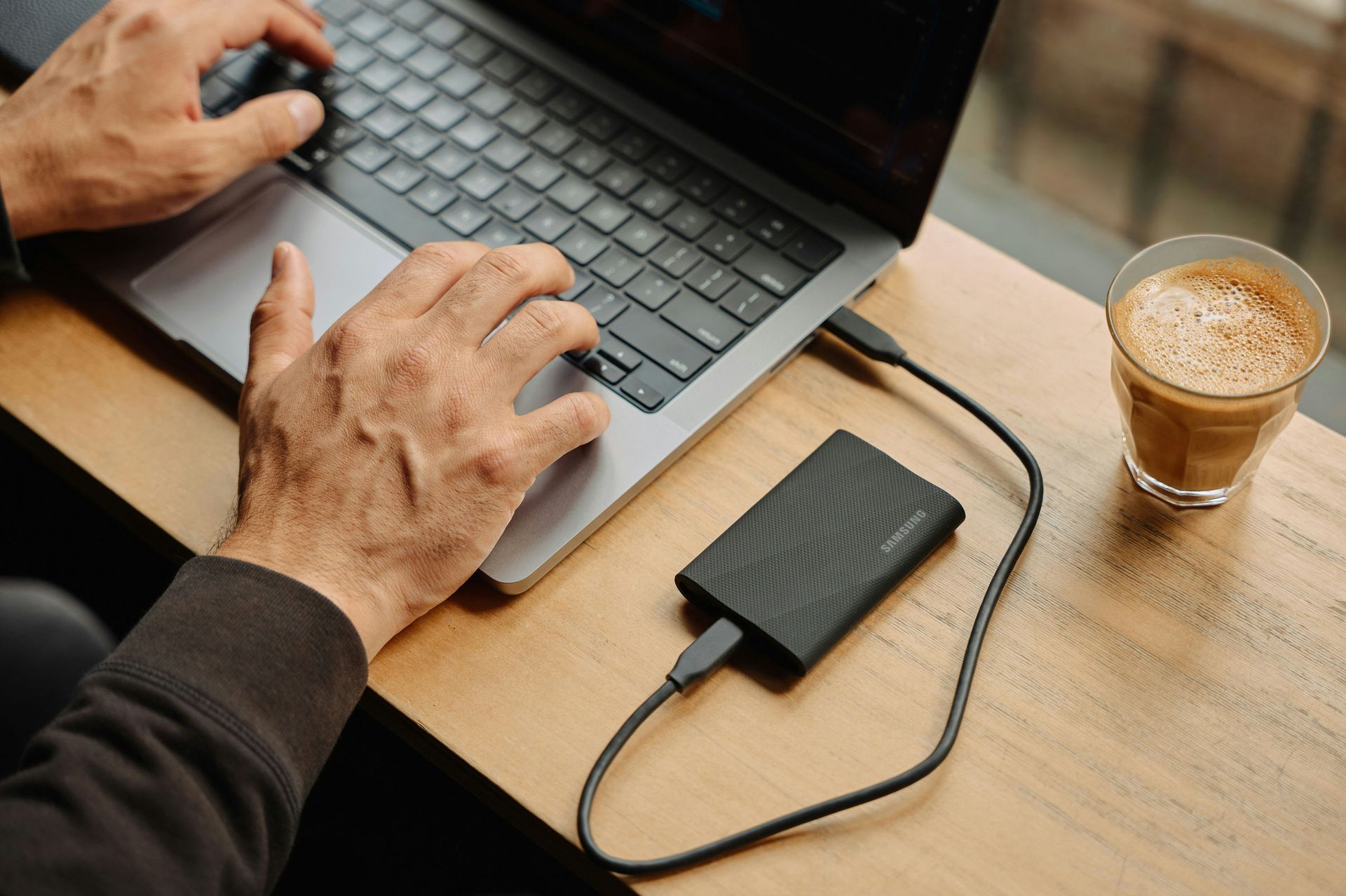Guide to Improving Your Company's Data Management
Data is the lifeblood of modern businesses. It fuels insights, drives decision-making, and ultimately shapes your company's success. But in today's information age, data can quickly become overwhelming.
Scattered spreadsheets, siloed databases, and inconsistent formatting. All these create a data management nightmare. This hinders your ability to leverage this valuable asset.
Let this guide serve as your roadmap to data management success. We'll explore the challenges of poor data management. Then, outline best practices for improvement. Lastly, we’ll equip you with strategies to transform your company's data landscape. Read on to go from chaotic clutter to a well-organised, accessible source of truth.
The Pitfalls of Poor Data Management
The consequences of neglecting data management are far-reaching. Here's how poor data management can cripple your business:
Insufficient Operations
Struggling to find the data you need wastes time and resources. Manual processes for data analysis become cumbersome and error prone. This hurts your ability to operate efficiently.
Seventy-three percent of workers spend an average of 1-3 hours a day trying to find data.
Poor Decision-Making
Inconsistent or inaccurate data leads to flawed insights. Without reliable data, you risk making decisions based on faulty information. This could potentially jeopardise growth opportunities or hold back strategic initiatives.
Compliance Issues
Data privacy regulations are becoming increasingly stringent. Poor data management makes it difficult to comply with these regulations. This could result in hefty fines and reputational damage.
Reduced Customer Satisfaction
Inaccurate customer data leads to poor customer experiences. For example, incorrect contact information can hinder communication. Outdated customer preferences can result in irrelevant marketing campaigns.
Key Principles of Effective Data Management
Developing a robust data management strategy is crucial. It can unlock the true potential of your data. Here are the key principles to keep in mind:
- Data Governance: Establish clear ownership and accountability for data. Define roles and responsibilities for data creation, storage, access, and maintenance.
- Data Quality: Install data quality measures. They should ensure data accuracy, consistency, and completeness. Regular data cleansing processes are essential to remove errors and inconsistencies.
- Data Standardisation: Establish data standards. They should ensure consistency in how your organisation formats, stores, and defines data. It should be the same across departments and systems.
- Data Security: Put in place robust security measures to safeguard sensitive data. They should protect data from unauthorised access, breaches, or loss. Encryption, access controls, and regular security audits are critical.
- Data Accessibility: Make data easily accessible to authorised users. This is for users who need it to perform their jobs. Streamline data access processes. Ensure users have the tools and training to locate and use data effectively.
Strategies for Effective Data Management
Transforming your company's data management approach requires a strategic plan. Here are some actionable strategies to consider:
- Conduct a Data Inventory: Identify all the data your company collects, stores, and uses. Understand the purpose of each data set and how the organisation is using it.
- Invest in Data Management Tools: Technology can be your ally in data management. Explore data management solutions. Look for features like data cleansing, data warehousing, and data visualisation.
- Develop Data Policies and Procedures: Document your data management policies and procedures. Outline data collection practices, data retention requirements, and user access protocols.
- Foster a Data-Driven Culture: Encourage a data-driven culture within your organisation. Emphasise the importance of data quality and responsible data usage. Train employees in data management best practices. Empower them to leverage data for informed decision-making.
- Embrace Continuous Improvement: Data management is an ongoing process. Regularly review your data management practices. Identify areas for improvement. Adapt your strategies as your company's data needs evolve.
The Benefits of Effective Data Management
Using these data best practices unlocks a world of benefits for your company:
Enhanced Operational Efficiency
Good data management leads to increased operational efficiency and productivity gains. It helps your business:
- Streamline workflows
- Improve data access
- Enjoy accurate data analysis
Data-Driven Decision Making
Reliable data empowers informed decision-making at all levels of the organisation. Strategic initiatives become data driven. This leads to improved outcomes and a competitive advantage.
Improve Customer Experience
Accurate customer data allows for personalised marketing campaigns. As well as targeted offerings and better customer service interactions. Up-to-date customer data also drives faster response times for support issues.
Reduced Risk of Compliance Issues
Robust data management practices make it easier to meet data privacy regulations. This minimises legal risks and potential fines. It also makes it easier to put data security policies in place.
Unleashing the Power of Data Analytics
Clean and organised data fuels powerful data analytics. Gain deeper insights into things like:
- Customer behaviour
- Operational performance
- Market trends
This enables you to make informed decisions that propel your business forward.
Getting Help Setting Up a Great Data Management System
Don’t let the influx of data bog your company down. Our team can help you set up an effective data management system. One that puts the power of data at your fingertips.
Contact us today to schedule a chat.
More from our blog



